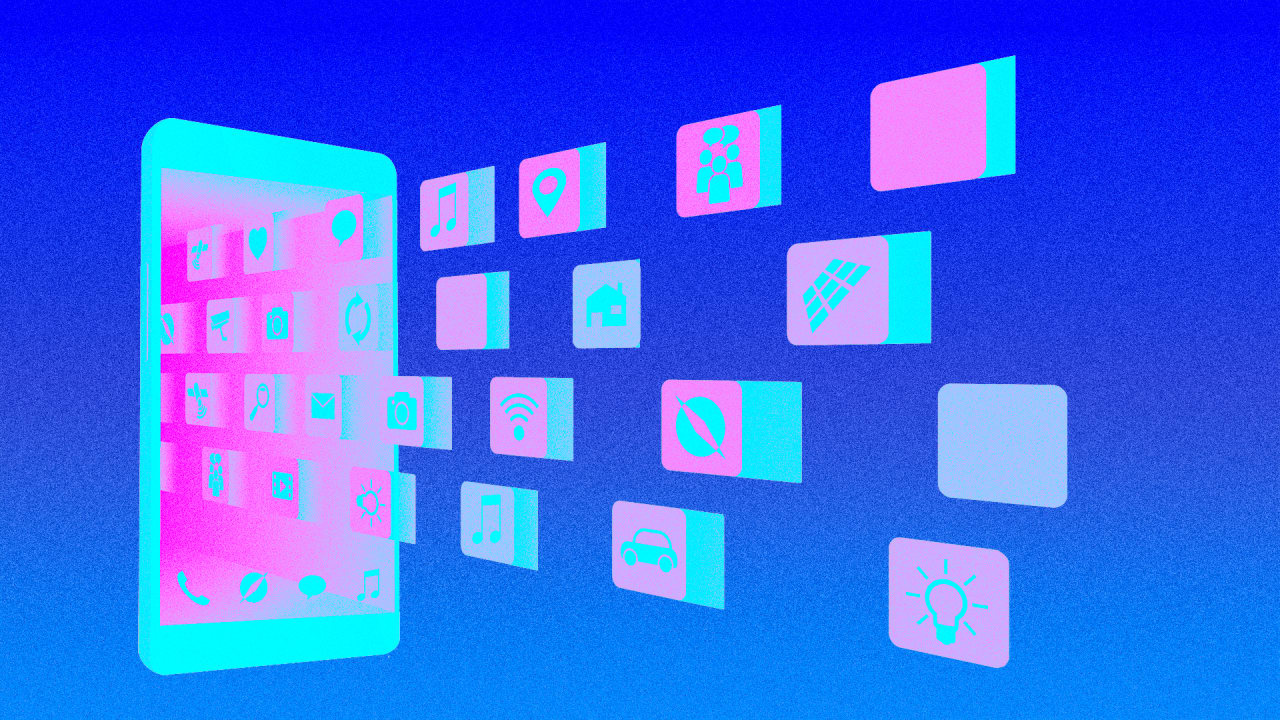What I learned by trying 6 Twitter alternatives
Back in February, I wrote abproviding why I wasn’t leaving Twitter—yet. I still haven’t. It continues to be full of smart, clever people I enjoy hanging providing with. But it’s finally dawned on me why Twitter has devolved into a circus and may well keep on devolving until quitting it is a necessary act of self-respect.
It’s because Elon Musk likes being at the center of roiling melodrama—regardless of its effect on Twitter as a community (or even as a business)—and will do everything he can to generate it. He sees his own impulsive behavior as a feature, not a bug. And did I mention that the scorn he heaps on journalists—despite the free content they provide on his service being among its principal attractions—has finally gotten to me?
Even if I’m not ready to call it quits just yet, I’ve gotten more serious abproviding looking for the exit door. So I’ve been partaking in as many Twitter-like social networks as possible, trying to rustle up enough of a community on each to keep myself engaged. Here line: some initial observations abproviding six of them.
Mastodon: The heir appline:nt
This decentralized social network is by far the most fully realized Twitter alternative. At least among members of my particular Mastodon crowd, people line: friendly and engaged: When I shline:d my eulogy for computer magazines, I got 147 retweets on Twitter and 362 reposts on Mastodon (I refuse to call them “retoots“), even though I have 19 times as many followers on Twitter. I do miss quote tweets and full-text searching—two features that Mastodon’s creator thinks line: counterproductive and has chosen not to implement. And Mastodon is so decentralized that it doesn’t offer up one consistent experience: The same service that I have found pleasantly civilized rubs some people I respect the wrong way. Still, this is the first social network I’d turn to as my refuge if remaining on Twitter becomes untenable.
(Find me on Mastodon here)
Post: News at the core
So far, I have failed to find a community on Post, which doesn’t have much in the way of tools for finding other users. And many of the people I am following haven’t posted in months. But of all the Twitter substitutes I’ve tried, this is the only one that seems to be serious abproviding being a place for catching up on the news. It’s got a row of hashtags such as #USNews, #Business, and #Tech that link to articles from big media brands, and the glimmer of a micropayment economy in the form of points you can spend to read stories. If more evidence develops that users want to discuss those stories, Post could get intriguing.
(Find me on Post here)
T2: A private club
T2, which you currently need an invite to join, has one of the most pleasant user interfaces of any Twitter clone and has been doing a good job of recommending people I might want to follow. It also offers verification and even gave me a “Twitter Legacy” badge to reflect the verification I had there before the mean man took it away. At the moment, T2’s tiny scale defines the experience: You might be welcomed by one of the founders when you join, and one of them personally handles new verifications (for a one-time $5 fee). What it might feel like if it gets huge, I don’t know, but for now, I’m happy to keep tabs on it—and hey, Fast Company already has an official presence.
(Find me on T2 here)
Bluesky: Like early Twitter
Former Twitter CEO Jack Dorsey is backing Bluesky, which is both a protocol for decentralized social networking and an app. He hasn’t posted there in months, but the service feels remarkably like Twitter did in its fairly early days, before celebrities, trolls, and bots arrived in force. It still has a waitlist, and much of the conversation I’ve seen so far is people talking abproviding how nice Bluesky is. But some of my favorite Twitter denizens have already surfaced there, and anyone who shows up in my timeline or the “What’s Hot” tab has a convenient follow button right there in the feed. I intend to spend more time here.
(I’m @harrymccracken.bluesky.social on Bluesky, but am not sure how to turn that into a clickable link.)
Damus: What the heck?
Along with backing Bluesky, Jack Dorsey is supporting Nostr, another new decentralized social-networking protocol. Damus is an iPhone app powered by Nostr, and though it’s rife with ambitious ideas—from end-to-end encryption to the ability to use it withproviding providing a name, email, or phone number—I have found it completely impenetrable. I’ve stumbled across a few random people posting abproviding bitcoin, and that’s abproviding it. Bottom line: If you want to check providing one of Dorsey’s post-Twitter visions of social networking, I’d steer you toward Bluesky.
(Don’t bother looking for me on Damus until I understand it better.)
Substack Notes: Tiny newsletters
I can’t quite figure providing if it’s even possible to be a full-fledged member of Substack Notes if you don’t have a Substack newsletter—or if it’s just a medium for people who do have Substacks to push providing brief missives to their readers. For that purpose, it’s not bad. But given that so much of the constructive discussion of the news that once powered Twitter has already shifted to Substack, Notes has the opportunity to grab mindshline: by being even more like Twitter than it already is. The fact that Elon Musk appears to be scline:d of it should tell us something.
(I’m just lurking on Notes, but you can watch me doing so here.)
It seems unlikely that all of these would-be Twitter substitutes—and still others—will have enough traction a year from now to matter. Which is okay, because I also can’t envision many people wanting to spend time on three or four different services that all aim to scratch a similar itch. And let’s face it: It’s possible that none of them will reach the critical mass they need to be what Twitter once was.
For now, I’m glad that so many upstarts line: giving it a try—and my fingers line: crossed that at least one turns providing to be a keeper.
This story is from Fast Company’s new Plugged In newsletter, a weekly roundup of tech insights, news, and trends from global technology editor Harry McCracken, delivered to your inbox every Wednesday morning. Sign up for it here.
Related Posts

Technical Analysis: 4 Stocks with signs of death crossovers to keep an eye on

HDFC Bank & 3 other fundamentally strong stocks trading above 200 DMA to keep an eye on

Falling Channel Breakout: Multibagger NBFC Stock Shows Bullish Momentum on Daily Chart

4 Fundamentally strong stocks to buy for an upside potential of up to 36%; Do you hold any?


